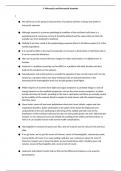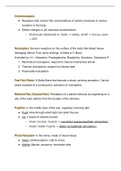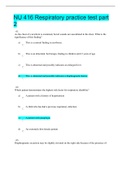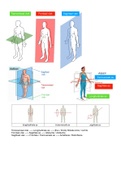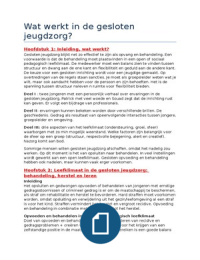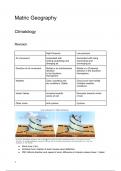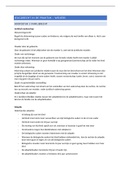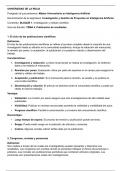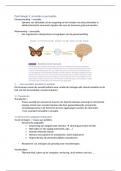Lecture notes
microcytic and macrocytic anaemia
- Module
- Clinical sciences
- Institution
- Aston University, Birmingham (Aston)
● We will focus on the general characteristics of anaemia and then I will go into detail on microcytic anaemia. ● Although anaemia is a primary pathological condition of the red blood cells there is a surprising lack of consensus on how it should be defined and the values that you find will ...
[Show more]
